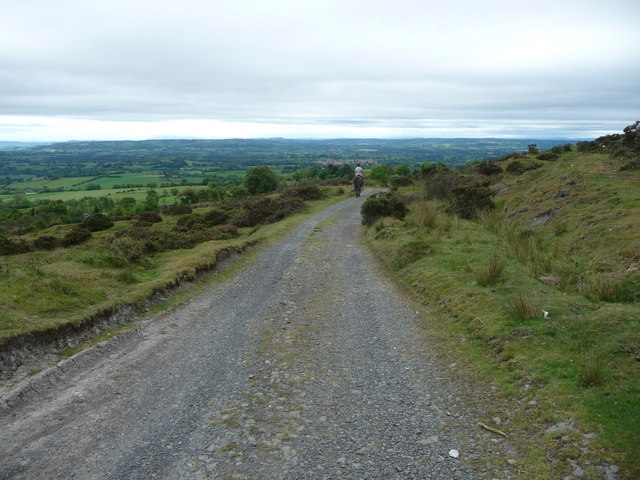I came across this case study and thought you might find it to be of interest…
Sarah is a Park Ranger and regularly travels by herself through remote areas.
Because of the nature of her work, her employers have identified that her isolation on these trips poses a potential risk to her safety.
These risks may include:
- a car accident
- an animal attack or
- physical violence from other people.
With this in mind, Sarah has a number of things in place that can minimise the risks associated with working on her own:
- GPS and mobile communication systems that allow Sarah to maintain contact with her employer and emergency services at all times;
- First aid equipment, checklist and appropriate first aid training; and
- Training on how to deal with aggressive people.
We can all see the value in this, and can probably think of a few other risk management issues for Sarah – but let’s now put Sarah in an office environment.
Sarah works for a small to medium business and on some days is the only person manning the fort when the Manager goes out to visit customers and clients.
On occasion, she may be left to lock up the office when everyone else has headed off for the evening.
Although Sarah is working in a completely different environment, she may face similar risks to her safety, including:
- physical violence from other people, either while in the office from unwelcome visitors (who may or may not know she is alone), or while locking up the office in the dark and walking to her car; or
- Exposure to greater risk to personal safety if she injures herself and is unable to call for help.
In many instances, employers have not considered that employees like Sarah are working in isolation, and as such, have not yet put measures in place to minimise risks associated with working alone. ‘Working alone’ is working in a location where an employee is unable to get immediate assistance from colleagues or other people.
Occupational Health and Safety laws require employers to eliminate or reduce risks to health and safety, so far as reasonably practicable.
This can be done by consulting with staff about their working hours and job requirements and engaging them in possible solutions.
In Sarah’s case this may include:
- a distress alarm connected to a security firm
- the ability to remotely lock the entrance door to prevent unwelcome guests
- emergency contact numbers and a plan for evacuation
- well lit car parks and building exteriors.
Have you done a risk assessment to ensure the safety of your staff? How often do your staff work alone or ‘after hours’?
If you are you interested in obtaining further guidance about protecting your employees from potentially risky situations, Specialist Consulting is pleased to offer you information on an OH&S system providing you with ongoing and personalised support to your business.
Please contact me today to find out more, and unlike Sarah, don’t be left in the dark!

